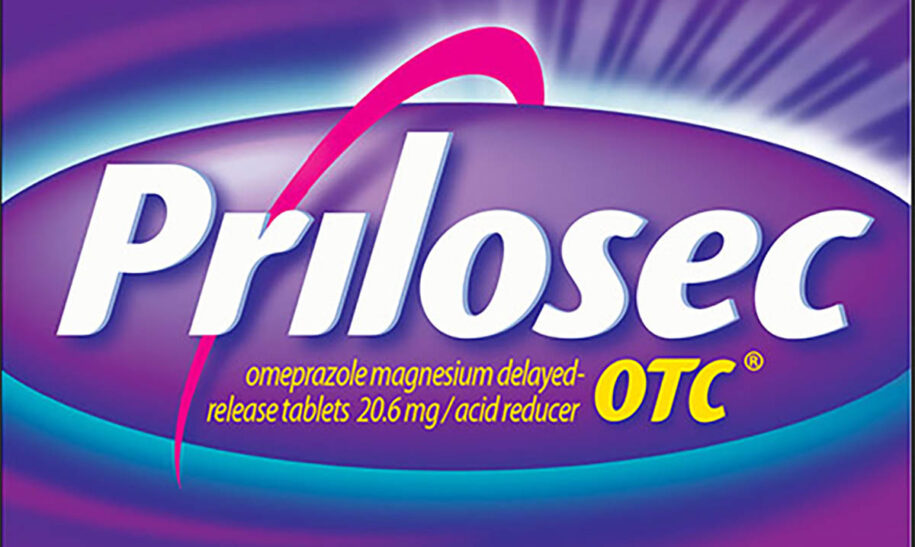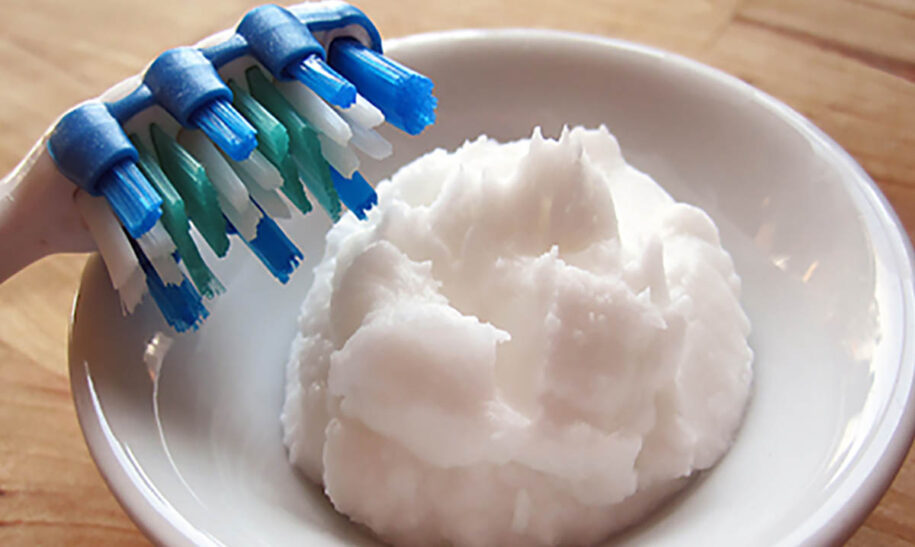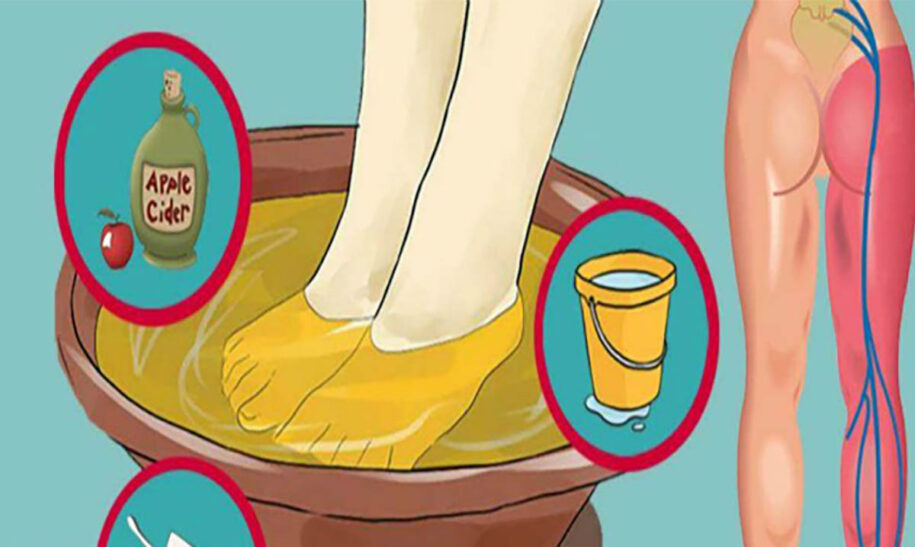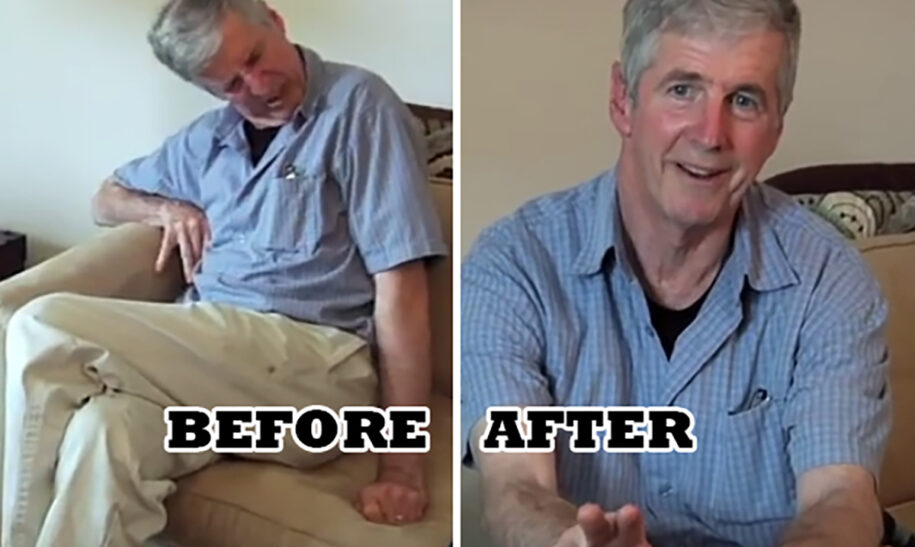
Is Your Cellphone a Cancer Risk? What You Can Do to Protect Yourself
The evolution of cell phones and their related technology has taken the world by storm, growing faster and more complex than many of us would have ever predicted. Once nothing more than a telephone, smartphones now carry our lives at our fingertips, acting as our cameras, personal organizers, game consoles and portable television/streaming devices.
As we begin to rely heavier on the presence of our phones in our lives, we have to wonder about the impact of cell phone use on our overall health. In order to better understand this impact, we must first understand the radiation that cell phones emit.
Radio frequency (RF) radiation is a form of the electromagnetic field. These waves of magnetic and electric energy are released by a number of items that we encounter every day including broadcast antennas, portable radios, microwaves, WiFi routers, Bluetooth devices and, you guessed it, cell phones!

Often described as being harmless, when we are exposed to these radio waves repeatedly or for longer periods of time it is able to penetrate our bodies, and this is where the concern lies. In 2011 the World Health Organization re-examined their stance on RF radiation, and reclassified it as a ‘possible 2B carcinogen.’ The question remains, however, whether this ‘possible’ risk is enough of a warning for the general public.
The largest study to ever be conducted focusing on the impact of cell phone use on the human body was the Interphone Study conducted by the Institute for Health and the Environment at the University of Albany, Rensselaer, New York. Thirteen different teams from countries around the world worked together, combining their findings in order to obtain a better overall understanding of the long-term effects.
The study concluded that 1640 hours of use (which breaks down to approximately ½ hour per day for 10 years) increases your risk of glioma (a type of tumor that originates in the brain or spine) by 40%! David Carpenter MD MPH, Director of the Institute for Health and the Environment wrote, “While this study is not perfect, the risks documented in it must be taken seriously as a warning to limit cell phone use, to restrict the use of cell phones, especially by children, and to call on manufacturers for redesign of cell phones and PDAs. It should also serve as a warning to governments that the deployment of new wireless technologies may bring risks to the public that are widespread, involuntary and increase long-term health care costs.”
Lennart Hardell, Orebro University, Sweden summarized the final conclusion of the study:
“The final INTERPHONE results support findings of several research groups, including our own, that continuing use of a mobile phone increases risk of brain cancer. We would not expect to see substantially increased brain tumor risk for more cancer-causing agents except in the longer term (10 years and longer) as is the case here in the population of regular cell phone users.
The patients included in this study were 30-59 years old, excluding younger and older users. Use of cordless phones was neglected in the analysis. Radiofrequency radiation from some cordless phones can be as high as mobile phones in some countries, so excluding such use would underestimate the risk.”
These findings mirror those that have been found by other researchers both before this time or in the studies that followed. These studies have specifically found that cell phone radiation exposure increases your risk of:
- Brain Cancer
- Leukemia
- Melanoma Risk
- Lymph Node Cancer
- Cancer of the Pituitary Gland
- Multifocal Breast Cancer
- Stem Cell Cancer
- Eye Cancer
- Thyroid Cancer
- Parotid Malignant Tumors
What Can You Do to Protect Yourself?
Knowing that long-term exposure carries these risks, what steps can you take to protect yourself or your family? While avoidance would be the most effective approach, most of us aren’t willing to give up our cell phones anytime soon! Instead, try these tips:
- Use a headset when speaking on your phone so that you can avoid placing the phone close to your head during use. Do NOT use a Bluetooth headset as they too emit radiation.
- If you know that you are going to have a long, in-depth conversation, do so in person or on a landline instead of using your cell phone.
- When you are able to, put your phone into airplane mode.
- Keep your cell phone somewhere outside of the bedroom at night so that you have that period of time each day without being exposed to its radiation.
- Limit the phone calls that you make on a daily basis to only those that are absolutely necessary.
- When it is feasible, text instead of making phone calls.
- When your phone is on, avoid carrying it in your pocket or on your body.
- When possible, avoiding phone calls while you are in a location that has bad reception, as this increases the radiation that the phone is emitting.










